Introduction
Use this guide to safely raise your car or truck using a hydraulic floor jack and jack stands.
Working under your vehicle can be very dangerous if you fail to take proper precautions. Follow all instructions carefully, and do not attempt to take shortcuts or "make do" with missing or poorly maintained equipment. If you're not sure how to proceed, get some help from a more experienced fixer.
AT NO POINT during this procedure should you get underneath the vehicle when it's supported only by a jack. Make sure the vehicle rests securely on jack stands before getting underneath it.
You can also follow this guide to safely raise your vehicle with ramps rather than with a hydraulic jack.
Tools
-
-
To begin, park your vehicle on a firm, level surface such as concrete or asphalt.
-
Make sure the transmission is in Park (or first gear if you have a manual gearbox) and that the parking brake is engaged.
-
Switch the ignition off and remove the key.
-
-
-
Chock the wheel or wheels opposite from where you will put the jack, to prevent the vehicle from rolling unexpectedly. For example:
-
If you will be jacking up the front right wheel, put the chock behind the rear left wheel.
-
If you will be jacking up the left side of the vehicle, put one chock ahead of the front right wheel and another behind the rear right wheel.
-
-
-
Grab your floor jack and make sure the pressure relief valve is closed. (Usually, you close the valve by twisting the jack lever clockwise.)
-
-
-
An area designed specifically to make contact with the jack, or
-
An area that you know can safely support the full weight of the vehicle, without slipping off the jack.
-
Do not put the jack under a body panel, as shown in this photo. Apart from the obvious damage to the vehicle, this incorrect procedure can injure or kill you. The jack should make contact with a sturdy, unpainted area of the vehicle's frame.
-
-
-
Slide the jack under your vehicle in the area of the jack point that you have chosen.
-
To raise one of the front wheels, position the jack just behind the wheel.
-
To raise one of the rear wheels, position the jack just in front of the wheel.
-
-
-
Looking under the vehicle, adjust the position of the jack so that it will make secure contact with the jack point when raised.
-
-
-
Pump the jack handle down and back up repeatedly to begin raising your vehicle.
-
If this isn't practical, pause after raising the vehicle an inch or two and take a quick look to verify that the jack has made good contact with the jack point.
-
If necessary, lower the jack back down by slightly opening the release valve. Then close the release valve, and reposition the jack so that it makes better contact with the jack point.
-
Continue raising your vehicle until it reaches the desired height—high enough to allow you to put your jack stand(s) in place.
-
-
-
Slide your jack stand(s) into place near the jack, beneath a secure area of the vehicle's frame.
-
If you are raising both front or both rear wheels, place your jack stands to either side of the jack, near the wheels.
-
-
-
Slowly open the jack's release valve, lowering the vehicle until it comes to rest on the jack stand.
-
-
-
When you've finished servicing your vehicle, use the jack to raise it back up an inch or so, and remove the jack stand(s).
-
-
-
Slowly open the jack's release valve to lower the vehicle safely back to the ground.
-
Remove the jack.
-
3 comments
Nice article. I appreciate all the warning & safety notices throughout. My dad who's been an auto body mechanic all his life, had a near death experience this morning at work putting a car on jacks just like this if I understood correctly from my mom. From the sound of things, he kept the floor jack in place for added safety like your article mentions & it saved his life. I looked up your article to get a better idea of how a car is jacked so as to more fully understand what happened. Excellent article, very well written. I hope anyone seeking to work on their car will find your article(s) first & that they'll take all the warnings seriously. Thanks forall you did in putting this article together. Your thoroughness & emphasis on safety will undoubtedly save some lives. Keep up the good work! God bless you!
To add a little bit more to the safety suggestions, I'd recommend not working alone if it can be helped. The car fell on my dad's head, about the ears, knocked him out for who knows how long, & nobody saw or knew. He was on the far end of the shop out of sight. He doesn't know how he got out from under the car. My mom says maybe an angel helped him. By the looks of his injuries, it must have pinned his head or bounced it off the gound, because he has wounds on both sides of his skull.
Hi Jacob - how's your dad doing? Thanks for sharing this.
Myron -
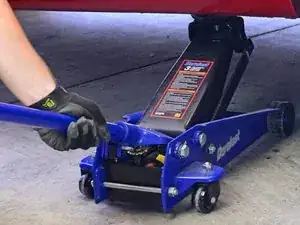
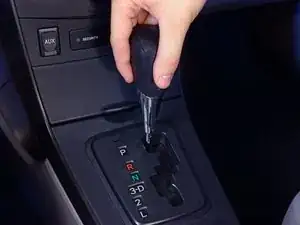
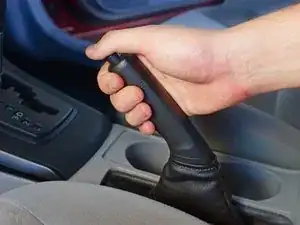
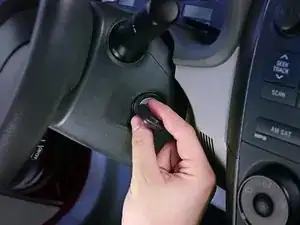

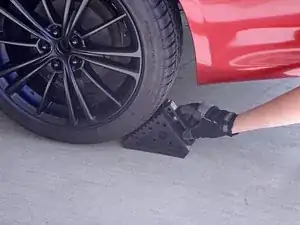


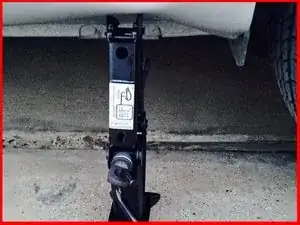
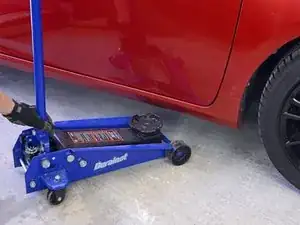
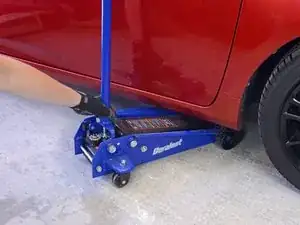
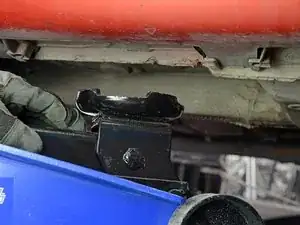
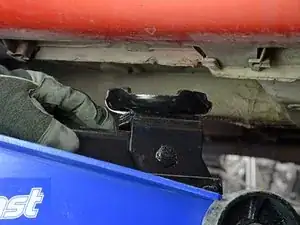
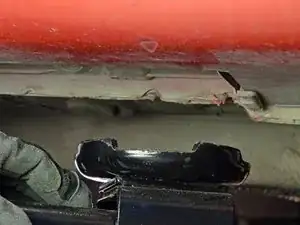
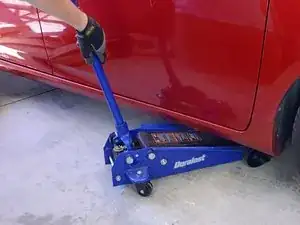
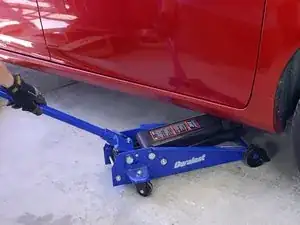
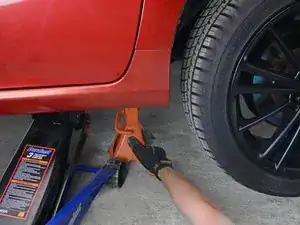
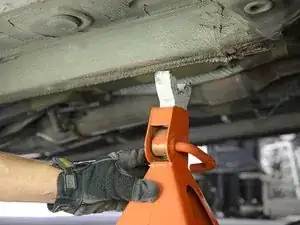
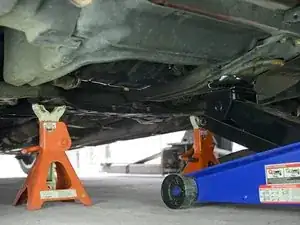
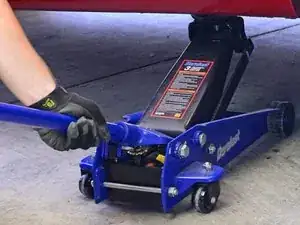
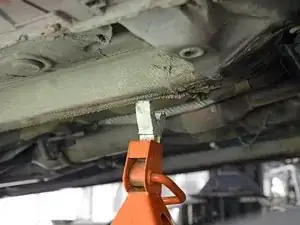
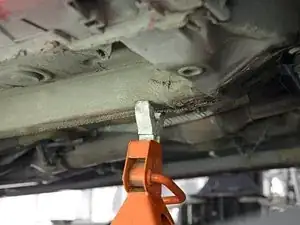
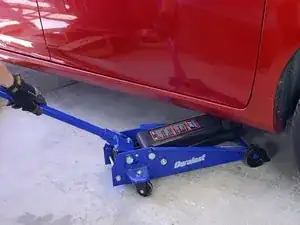
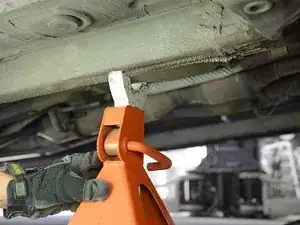
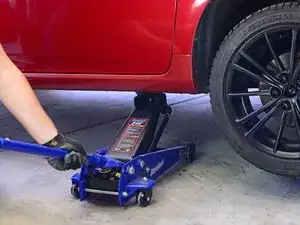
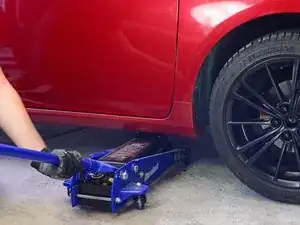

Asphalt is not a safe place… if on asphalt, make sure you put a board underneath the jackstands because they can sink into asphalt and tip over.
Josh van Eyk -